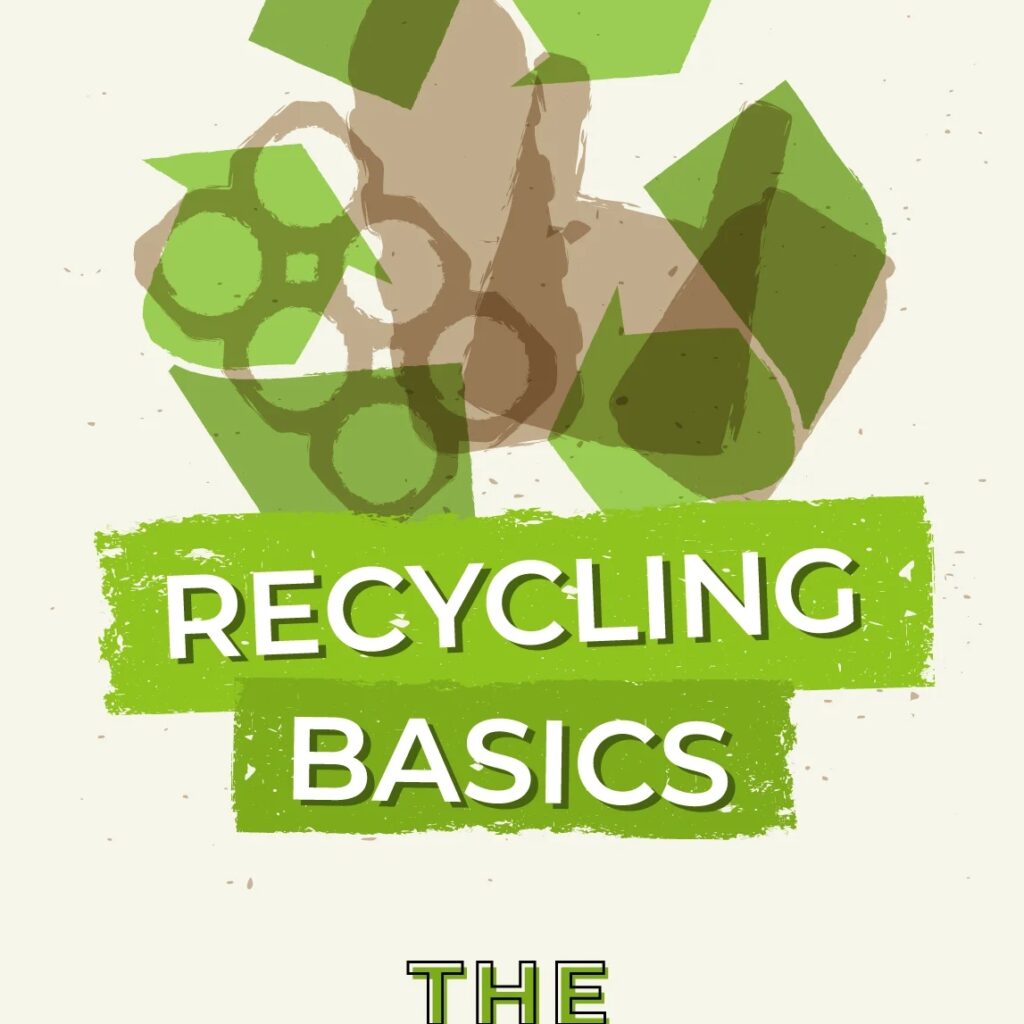If you haven’t jumped on the recycling train yet, now’s the time! Recycling is the process of converting waste into reusable materials—and it’s one of the simplest ways to help the environment and reduce landfill waste. Whether you’re new to recycling or just need a refresher, here’s a breakdown of how it works and what you can (and can’t) toss in the bin.
What Is Recycling?
At its core, recycling means reusing materials rather than sending them to a landfill. This can range from:
-
Donating furniture or clothing to secondhand stores like Goodwill
-
Scrapping electronics for parts and metals
-
Curbside recycling of everyday items like paper, plastic, and aluminum
The third option—household recycling—is the most common and is widely available in many cities across the globe.
How Does Residential Recycling Work?
Recycling programs vary by location:
-
Single-stream recycling lets you toss all recyclable items into one bin. The sorting happens at the facility.
-
Multi-stream recycling requires you to separate materials (e.g., paper, plastic, aluminum) before pickup.
Check with your local waste management provider to see which system your area uses.
What Can Be Recycled?
Here are some of the most commonly accepted recyclable materials:
-
Glass bottles and jars – Recycle or reuse at home for storage
-
Plastic bottles and containers – One of the most littered items, so please recycle
-
Plastic bags – Return them to grocery stores that offer collection bins
-
Paper and cardboard – From cereal boxes to junk mail, it all adds up
-
Aluminum cans and foil – Yes, even clean tin foil can go in the bin
Atypical But Recyclable Items
Not everything goes in the blue bin, but that doesn’t mean it’s trash. Many facilities or specialized drop-off centers accept:
-
Batteries
-
Electronics (e-waste)
-
Hazardous waste (paint, cleaners, etc.)
-
Demolition debris (concrete, drywall)
Don’t Overlook: Used Gaylord Boxes
A lesser-known yet impactful way to recycle is by reusing Used Gaylord Boxes—large, sturdy corrugated containers often used in shipping and warehousing. These boxes are ideal for bulk storage, moving, or organizing, and they can be repurposed multiple times before being recycled. By purchasing used Gaylord boxes instead of new ones, businesses and individuals can save money and reduce packaging waste, making it a sustainable and cost-effective solution.
Final Thoughts
Recycling is a simple habit with a big impact. Whether you’re sorting your plastics or giving a second life to a Gaylord box, every bit helps reduce waste and conserve resources. Knowing the basics ensures you recycle correctly—and more effectively.

